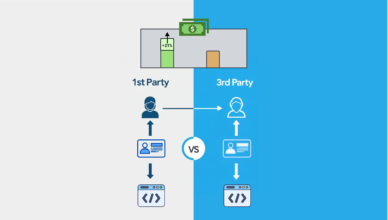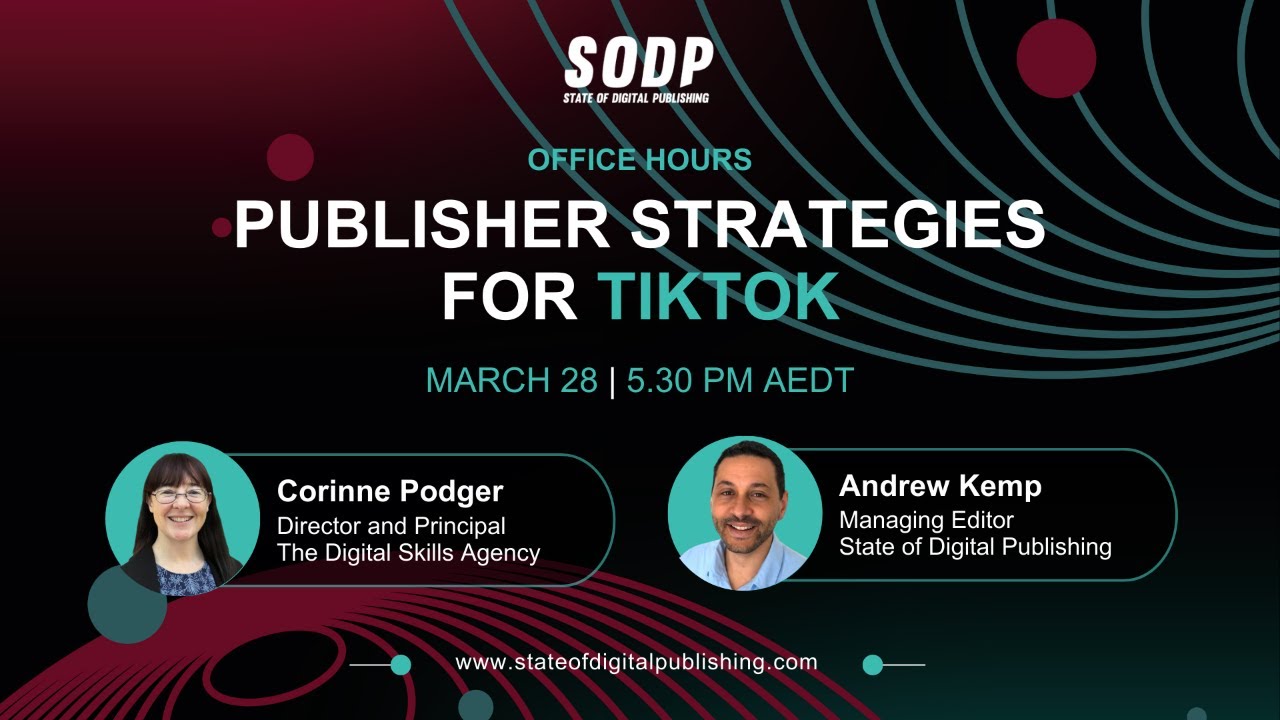Google has extended its deadline for removing third-party cookies in Chrome by two years and will look to deploy its most developed Privacy Sandbox proposal, Federated Learning of Cohorts (FLoC), by late 2022. But, advertisers don’t need to wait for FLoC; a scalable and privacy-safe solution already exists — Publisher Cohorts.
Google’s Privacy Sandbox is one part of an entire movement towards protecting privacy in digital advertising. Regulators are keeping a close eye on the digital advertising ecosystem, data privacy headlines are hitting mainstream news outlets, and Apple is running consumer advertising, personifying exactly how third parties track their online behaviour.
In particular, Apple’s commitments to privacy send a clear message to those still relying on identity in digital advertising that the Apple ecosystem will not accept any workarounds — including the use of IP addresses as a replacement for third-party identifiers. Google has proposed similar blockers to IP addresses in its Chrome browser.
What happens when you lose these identifiers? Firstly, it further strengthens publishers’ first-party data as a viable option for advertisers to continue to reach consumers without using identifiers in the bidstream. Secondly, this first-party data is sent out into the ecosystem as a cohort, a group of users that share some common attributes or browsing behaviours. It breaks advertising from its current tracking and micro-targeting habit to a privacy-safe cohort-based buying model.
For publishers and advertisers, first-party data is their biggest asset in a world where third-party data is deprecating. Retaining control over that data and how cohorts are created paves a path to a privacy-safe, sustainable ecosystem. So what are cohorts?
Publisher Cohorts differ from Google’s FLoC
The days of identity-based targeting are numbered, browsers are moving away from third-party cookies, there’s increased regulatory scrutiny of user-based tracking and an expanding user expectation around the protection of personal data. It signals that the future of advertising is targeting audience groups with common attributes and behaviours — cohorts — without the use of individual user IDs.
To further define cohorts is to recognise that cohorts created within a publisher’s environment — Publisher Cohorts — differ from Google’s FLoC in several ways. And to note that FLoC is ambiguous in terms of GDPR compliance and the role of the data controller and data processor.
Publisher Cohorts are built directly at the source by publishers and are not ambiguous regarding data controller and processor roles. That data is sent out as a cohort, which describes groups of users without individual identifiers and without the risk of leaking data into the bidstream. Therefore, publishers can unlock targeting decisions based on data without a cross-domain identifier — addressing privacy and scalability aspects.
How? Publishers have a one-to-one relationship with their users across their sites, and because of that, they can append the first-party identifier to 100% of the users who browse their sites. Ultimately they have the best understanding of their own user base and are best placed to create cohorts.
That deep understanding of the audience and nuance means publishers can place people into more than one cohort, allowing advertisers to target the person as a whole rather than just defining them based on a single interest or behaviour. Publisher cohorts also have an explicit meaning rather than an arbitrary cohort ID, for example, a user interested in sports or similar to a seed customer set versus Google’s FLoC, which will only indicate that a user looks similar to others in that same cohort.
How are cohorts created?
Google began testing FLoC in March 2021 as a replacement to third-party cookies citing that it could generate roughly the same amount of return on investment. Developed as part of its Privacy Sandbox initiative, FLoC is a privacy-focused solution to delivering relevant ads built on cohorts of internet users with similar interests from within Google Chrome.
Yet, for Google’s FloC, it’s the Federated Learning component that is problematic. Google will create cohorts and place users into a single cohort instead of publishers being able to do this themselves while keeping control of their data. FLoC also replicates the cross-domain tracking that happens today. It’s more privacy safe because it occurs in the browser, but user data is still tracked across domains under Google’s terms. So the publisher’s first-party data influences the description of a user (cohort), but the description can be activated anywhere on the open web.
This results in little privacy benefits and the decoupling of data and inventory, something previously enabled by third-party cookies that led to publisher data being aggregated by third parties. The proposal reduces the role of the publisher to a pure transactional channel — selling inventory, but adding no other value.
As data owners, publishers, and the advertisers they work with, should keep control of their data and the creation of cohorts, as both have a responsibility towards their users to protect that data.
Content from our partners
Publishers offer a privacy-safe environment
Regardless of when they’re ready to be implemented, Google’s cohorts won’t work across Safari and Firefox, which means the landscape will remain fragmented, and users will remain unreachable using this method. In this fragmented ecosystem, publishers can unify their offering for advertisers and allow that end-to-end collaboration around first-party data, cohort building, and activation to happen within their environment.
While data deprecates and big tech causes chaos, publishers are able to offer a stable option. They can recognise 100% of their audiences, create bespoke first-party audiences for advertisers, and, with the right tools, match, and model advertiser first-party data. Brands need to build closer relationships with publishers, test their data, and learn how to reach their target audiences from within a publisher’s environment to build a sustainable solution for a privacy-first era of advertising.
Changing the way media is bought and sold is necessary to protect the privacy and rebuild trust in advertising. Publisher Cohorts offer advertisers a way to achieve their marketing goals, but not at the expense of user privacy.












